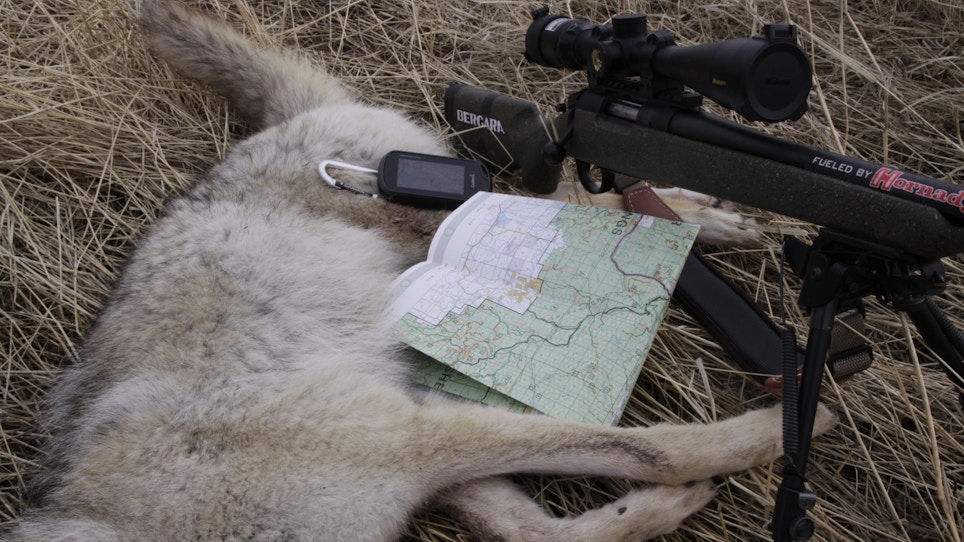Bigger is better. He who has the most wins? Supersize that, please. These common phrases define the way Americans look at living and it denotes a style to live large. The same is true of looking at hunting property. Many believe the more land you have available the higher your odds of success. There is truth in that statement. You can’t deny that having more ground to roam gives you more stands and area to cover with your Johnny Stewart caller.
But you also have to embrace reality. If you don’t live in a state like Nevada, where the majority of the land base is public, you may be limited to small properties — public or private. That’s the case in the breadbasket states where deeded land is the norm. Don’t toss in the towel just yet. Look at small properties, public or private, with equal interest and scrutiny.
Here are some considerations that may make your nearby tiny tract a Powerball winner. Begin by scouting the area and noting what surrounds the tract. Is there additional habitat that predators may be using for escape or bedding cover? Do adjacent properties have greater or less prey densities? Does the tract adjoin a housing development or urban sprawl? There’s good hunting in the burbs, but predators shy away once the bustle begins.
In many cases it’s not what the targeted parcel contains, but what surrounds it. All of the above describe situations that may attract predators or cause them to detour. Several of my best public land tracts are simply travel corridors from escape cover to hunting areas. Coyotes in particular move through many small tracts either returning to daytime bedding cover or leaving for an evening of hunting. Ambush them on the way to their destination, coming or going.
I’m always interested in small-state or federal blocks of land that show up on my maps. There’s a reason these didn’t get snatched up during the pioneer land grab. State lands were set aside for school sections, but federal lands were often recognized as too rough to use for agriculture and thus abandoned to the government. You’ll see this with numerous small BLM tracts from the Great Plains to the West.
Once you have located small properties research the area for predominant winds and look for access points to give you the downwind advantage. I routinely use ScoutLook Weather to view parcels from above, check wind conditions and manage my setup locations with notes on success. To ensure that you don’t trespass and to see boundaries clearly look to programs like OnXMaps that can easily be stored on your Garmin Oregon series GPS.
During the hunt you’ll undoubtedly be hunting on borders and targeting predators on your side of the fence, and beyond. Always set up with plenty of room to call a predator across the boundary and ground it so it can’t escape back to the safe zone. Fifty to 100 yards should be a good goal to set for a safe distance. And if you hunt near urban sprawl look for setup sites with safe backdrops to ensure any missed shots don’t extend into housing areas. Hills and thick screens of timber provide the obstruction to shield your activities, and stray shots from the general public.
One of my favorite predator hunting memories occurred while hunting along the fence of an enormous, private ranch. I found a small sliver of public land that bordered the property and set up to call coyotes on either side of the fence with my Gallows caller. Approximately 25 minutes after calling I spotted a gray ghost slinking toward my location. I slowly shifted my Bergara rifle toward the coyote and followed it as it slyly moved closer. Why didn’t I shoot at first sight? It was still on the wrong side of the fence.
Once the coyote ducked under the 5-wire fence I let it trot about 50 yards into the public. My bark followed by the report of a Hornady load proved that you can find success on tiny tracts.






